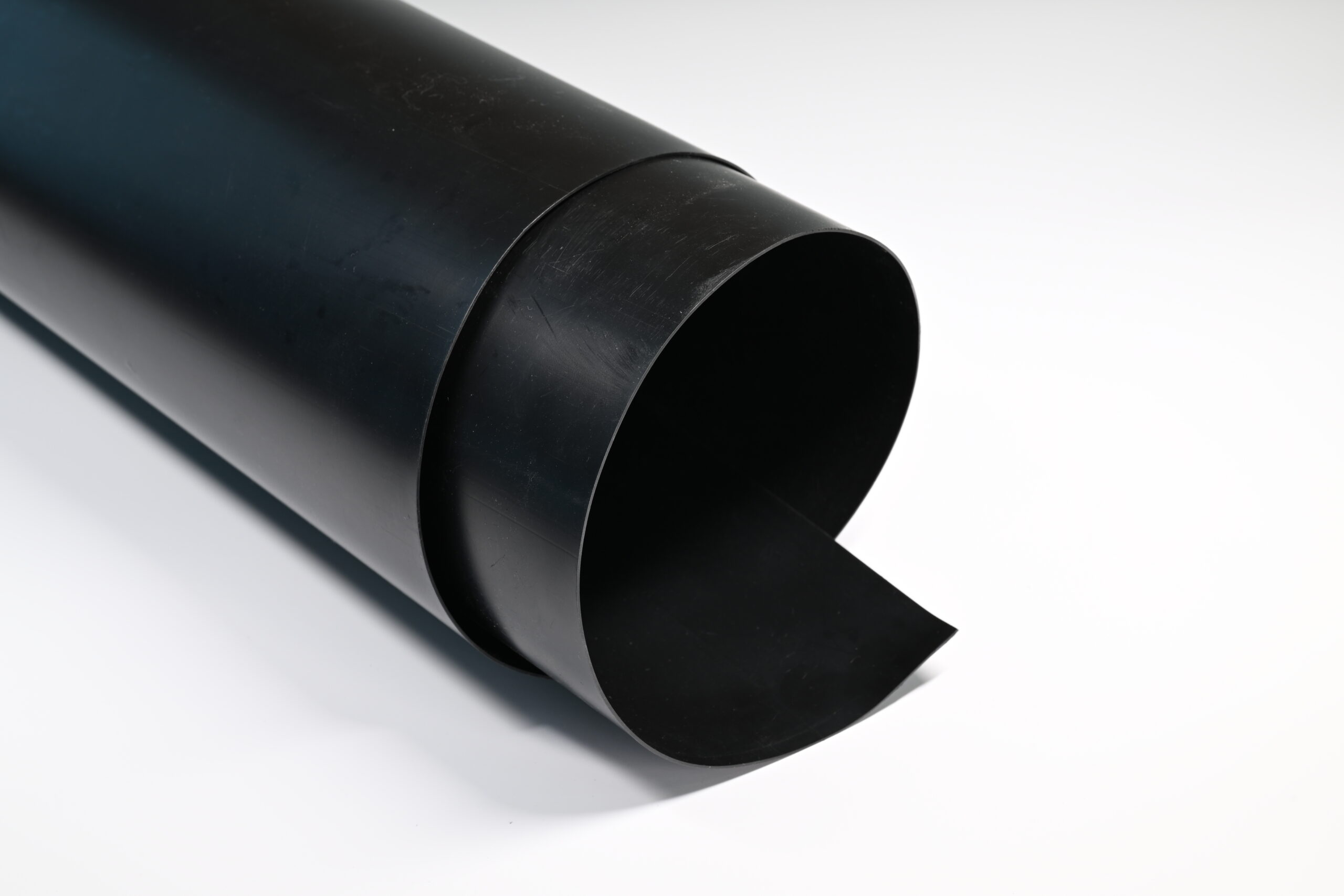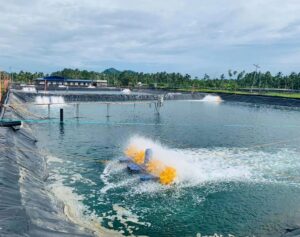What is the significance of geomembrane anti-seepage
The following are a few key points that illustrate the importance of geomembrane anti-seepage:
Control of water flow and liquid penetration: One of the main functions of geomembranes is to prevent the penetration of water flow and liquid. In the fields of water conservancy engineering, environmental protection and pollution control, geomembranes are widely used to construct isolation layers, dams, landfills and other facilities to effectively control the seepage of liquids, thereby reducing the risk of water resource loss and pollution.
Prevent soil erosion and soil particle loss: In land protection and water and soil conservation projects, geomembrane can be used as a protective layer to effectively prevent the loss of soil particles and soil erosion, and maintain the sustainable use of water and soil resources and the stability of the ecological environment.
Prevent chemical substances from penetrating and polluting: Geomembranes have excellent chemical stability. In chemical plants, landfills, waste treatment facilities and other environments, they can prevent chemical substances from penetrating and polluting soil or water, and protect groundwater resources. safety and environmental sustainability.
Improve the stability and durability of engineering structures: The anti-seepage properties of geomembranes can effectively prevent water penetration, reduce soil saturation and softening, and improve the stability and durability of engineering structures. In dams, river embankments and water conservancy projects, the anti-seepage layer of geomembrane can protect the structure from damage caused by water erosion and seepage.
Economic benefits and sustainable development: By preventing water loss, soil erosion and environmental pollution, geomembranes can bring economic and environmental benefits to engineering projects. At the same time, geomembrane also supports the concept of sustainable development, promotes the effective use of resources and the protection of the environment.
In short, the anti-seepage performance of geomembrane plays a vital role in various engineering projects, which can protect the safety and stability of water resources, soil and the environment. Correct selection and application of geomembrane to improve the quality and performance of the anti-seepage layer is of great significance in engineering construction and environmental protection
Matters needing attention in geomembrane laying
The laying of geomembrane refers to the process of laying the geomembrane material on the ground or other substrates to complete the covering and fixing of the geomembrane. The following are the basic steps and precautions for geomembrane laying:
Preparation: Before laying the geomembrane, adequate preparation of the construction site is required. Clean up the construction area, make sure the ground is flat, and remove sharp objects, sharp stones, etc. that may cause damage to the geomembrane.
Lay the base: Lay the base material, such as fill, sand or gravel, on the construction area. The choice of substrate material should be carried out according to specific project requirements and design requirements, and the flatness and uniformity of the substrate should be maintained.

Laying geomembrane: Lay the geomembrane on the substrate to ensure that the membrane material is in close contact with the substrate. During the laying process, care should be taken to avoid wrinkles and air bubbles in the membrane and keep the membrane surface smooth.
Stretching and fixing: Proper stretching and fixing of the geomembrane to ensure that the membrane is firmly fixed on the laying area. Appropriate tension devices or fixing materials can be used, such as ground nails, mulch clips, etc.
Inspection and Correction: After the laying is completed, a careful visual inspection is carried out to check whether there are any problems on the surface of the geomembrane, such as damage, whether the seam is tight, etc. If a problem is found, it should be corrected and repaired in time.
Covering of protective layer: According to specific design requirements, a layer of protective layer material, such as sand, coarse sand or gravel, is covered on the geomembrane. The protective layer can provide additional protection and stability to prevent the geomembrane from being damaged during construction and use.

When laying geomembrane, also need to pay attention to the following:
Pay attention to the construction environment and weather conditions, and avoid geomembrane laying in harsh environments, such as strong winds, rainy days or severe cold.
Properly handle the seams to ensure that the seams are tight and leak-free.
Pay attention to the operating skills of the construction personnel to avoid damage to the geomembrane.
Follow the design and specification requirements to ensure that the geomembrane laying meets the relevant standards and requirements.
In short, the laying of geomembrane requires careful preparation, meticulous operation and suitable fixing method to ensure the effective coverage and good stability of geomembrane. Correct laying can improve the anti-seepage performance of geomembrane and ensure the quality and durability of the project
Author
-

Founded in 2002, Tinhy's team focuses on the manufacturing, marketing, installation, application and research and development of geosynthetic materials.
View all posts




